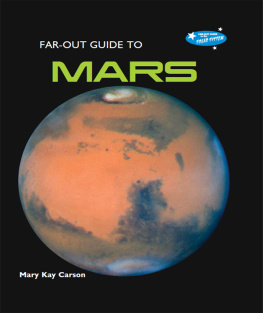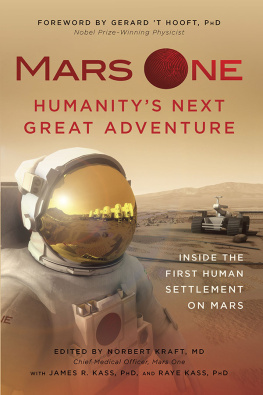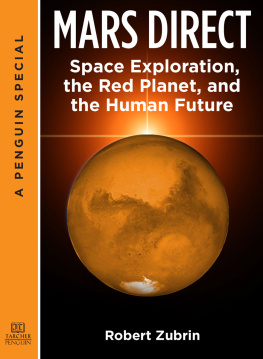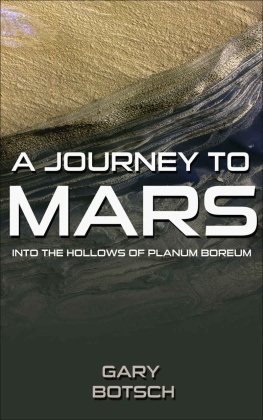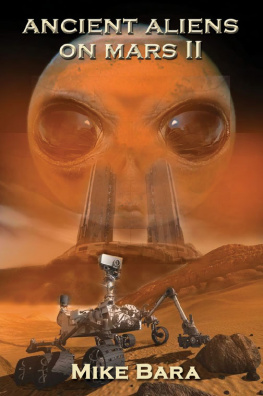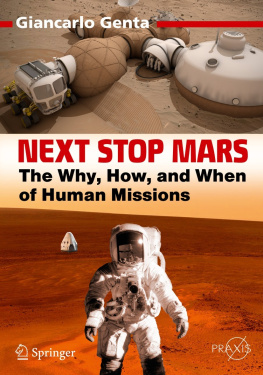For Kalina, Philippe, and Dylan, Vivien and Tom.
Acknowledgments
First and foremost I would like to thank the diligent editorial team at Bear & Company for all their hard work in bringing this work to fruition, with a special mention for my project editor, Kayla Toher, whose patience and kindness in seeing the preparation of the manuscript through to publication knew no bounds.
My thanks go especially to Jon Graham for his continued belief in the project and to John Hays for his enthusiasm at the London Book Fair right at the outset.
Writer Sam J was invaluablehis constructive comments following his incisive read through of an early version of the text resulted in a much-improved final manuscript.
My grateful thanks also go to my colleague David S. Percy for the gift of his unique photos. He has supported and encouraged this work throughout and as well as providing a sounding board for my evolving concepts, he took my rough drawings and rudimentary sketches and transformed them into beautifully crafted illustrations and informative maps. Any errors of transmission are mine, and mine alone.
To name all those who have contributed to this project would take an inordinate amount of spacesince it would mean listing everyone I have met since the first day I stepped into a crop glyph in 1990. Whether our paths have remained the same or diverged along the way, I am more than grateful for your friendship, your time, and your thoughts. Please consider that you are included in this note of thanks: as the saying goes, None of us is as smart as all of us.
MARY BENNETT
WILTSHIRE, NOVEMBER 2020
Contents
List of Acronyms
ARE: Association for Research and Enlightenment Inc.
ASKAP: Australian Square Kilometre Array Pathfinder
CERN: Conseil Europen pour la Recherche Nuclaire (Geneva, Switzerland). In English: European Organization for Nuclear Research
CNES: Centre National dtudes Spatiales, the French space agency. In English: the National Center for Space Studies
CPS: cycles per second
CSIRO: Commonwealth Scientific and Industrial Research Organisation
DARPA: Defense Advanced Research Projects Agency
DLR: Deutsches Zentrum fr Luftund Raumfahrt. In English: German Aerospace Center
DOD: Department of Defense
DSP: David S. Percy, image source identity
EDI: Extra Dimensional Intelligence, also considered as paranormal phenomena
ESA: European Space Agency
ESP: extrasensory perception
ETI: extraterrestrial intelligence
FU Berlin: Free University of Berlin
GAI: German Archaeological Institute of Cairo
GPS: Global Positioning System
IAU: International Astronomical Union
ISS: International Space Station
JPL: Jet Propulsion Laboratory (Pasadena, California)
LANL: Los Alamos National Laboratories
LEO: low-Earth orbit
LML: Lookout Mountain Laboratory (Los Angeles, California)
MOLA: Mars Orbiter Laser Altimeter
NEA: National Endowment for the Arts
NOAA: National Oceanic and Atmospheric Administration
NGS: National Geographic Society
NRAO: National Radio Astronomy Observatory
OSIRIS-Rex: Origins, Spectral Interpretation, Resource Identification, Security-Regolith Explorer (space probe)
PSI: psychic faculties
PSI-Ops: intelligence gathering programs using human psychics
R&D: research and development
RSD: rapidly spinning disk
RV: remote viewing (protocol-led psychic intelligence gathering)
SAIC: Science Applications International Corporation
SCA: Supreme Council of Antiquities
SETI: Search for Extraterrestrial Intelligence (Institute)
SRI: Stanford Research Institute
UAP: unidentified aerial phenomena
UFO: unidentified flying object
USAF: US Air Force
USGS: United States Geological Survey
UTC: universal time coordinated
VLA: Very Large Array (Radio Telescope facility)
WHOI: Woods Hole Oceanographic Institution
Foreword
David Hatcher Childress
I have known the work of Mary Bennett and David S. Percy since the mid-1990s and have been constantly amazed by the depth of their research as well as their startling conclusions. Here, as in their previous works, they ask all the right questions and shine a light on even the most distant objects, such as Mars.
This book, written by Bennett, is foremost a captivating account of the search for extraterrestrial intelligence and the quest to travel into deep space. It looks closely at the anomalous Cydonia region of Mars, which is shown to be laid out as a special right triangle that in turn is enclosed within a phi spiral. While revealing the geologically and mathematically verifiable evidence pointing to the intelligent design of this area on Mars, it also shows, with Percys excellent illustrations, the geometrical and cultural links between this design and Earths ancient sites and monuments.
The book goes on to detail how exploratory probes sent to Mars in the 1970s triggered a plethora of anomalous events in various countries around the world over a thirty-year period. It reveals that the special right triangle found at Cydonia has been unwittingly mirrored in the development of Washington, DC, and indicates that various elements of the Cydonian geometry, already replicated in the ancient Avebury landscape in Wiltshire, England, have been more recently deliberately and discreetly replicated elsewhere on the planet.
I find the relationships between megalithic monuments on Earth and those on Mars extremely compelling, and this book takes a fascinating look at the relationship between the complex on Mars, the Nazca plateau in Peru, the Great Pyramid, and quantum computing.
Alien Intelligence and the Pathway to Mars demonstrates that the data and information held within the anomalous events of recent times can be decoded and, indeed much has been decoded, producing knowledge that can assist us humans individually in our personal growth and also help us collectively in overcoming present environmental and technological difficulties both on Earth and in space.
One thing that I have always appreciated in Bennett and Percys research, including this book, is their insightful examinations of mainstream science and into whether what we are being told on a daily basis may be just plain wrong. When the average citizen is confronted with facts and statistics from rocket scientists and astrophysicists at NASA and elsewhere that are confusing and complicated, it is difficult for that person to seriously doubt the statements from respected scientists. But Bennett and Percy break down these facts and statistics so readers can make up their own minds. Whether it concerns the extreme dangers of space radiation, the bizarre inability to duplicate the Apollo missions of fifty years ago, or the diagraming of structures on Mars, Bennett and Percy discuss and elucidate all these topics in a credible, scientific way.
Here, with great clarity in their arguments and conclusions, they demonstrate how the geometric data present at Cydonia interact with the decoded knowledge to provide the blueprints of a viable spacecraft able to swiftly and safely take humans to Mars without being exposed to space radiation.
I have always liked books that get into the technical specifications of advanced aerospace designs, and in Alien Intelligence and the Pathway to Mars, thanks to Percys illustrations, future concepts for a spacecraft using propulsion without propellant are brought into a present reality. Elaborating on some of the subject matter presented in the 1993 book by David P. Myers and Percy, Two-Thirds: A History of Our Galaxy , this spacecraft concept is based partly on Teslas theories of electromagnetism and gravity and is described as using thrusting energy drawn from space for propulsion. At the time an outlandish suggestion. But by 2011, photon-based propulsion was being actively explored by some thirty-five teams under the aegis of NASA and DARPA (Defense Advanced Research Projects Agency). These teams have not adopted the concept of the rapidly spinning disk drive technology described by Myers and Percy, and little progress has been made toward a viable crewed craft for deep-space travel.


